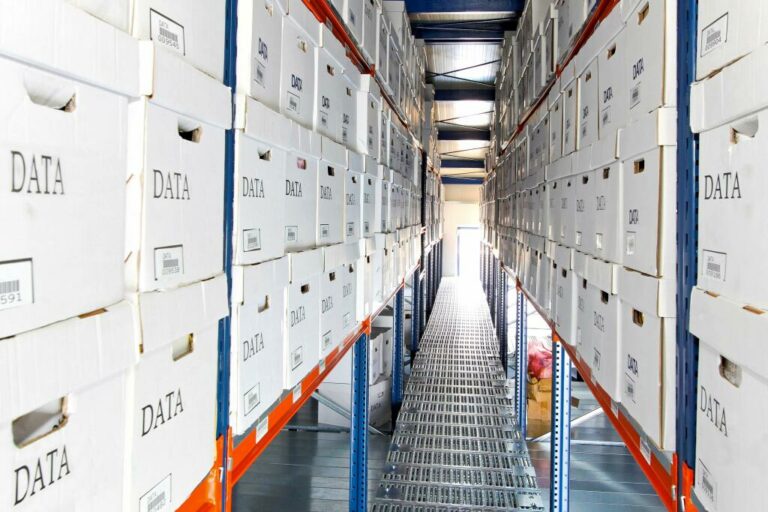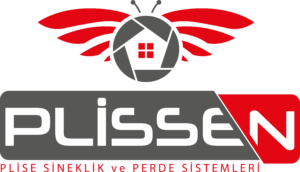Key Features and Benefits of Grafana A Detailed Tutorial
The tool has a plethora of visualization options to understand data as per our use case. Grafana has become an essential tool for IoT monitoring and analysis, allowing businesses to gain practical insights from immense amounts of data generated by IoT devices. This tool is a game-changer in the Internet of Things systems by providing real-time performance tracking, customizable dashboards, and advanced analytics. Select Grafana if you have time-series metrics that you want to visualize over charts or graphs. Any data, expressed as numbers over time, that comes from a time-series data source is easier to manage and query using Grafana. Grafana will easily let you integrate your time-series data sources by providing built-in support for most of the prominent data sources available in the market today.

This tool provides detailed metrics and logs, so users can swiftly identify the occurring problems’ root causes and take appropriate measures. Grafana IoT dashboard also helps users monitor their connected devices’ real-time performance. As a result, they can quickly identify and address operation and functionality issues, improving overall device efficiency and grafana plugin development reliability. It supports a variety of data formats, and because it is freeware, we can be sure that as soon as a new data source is available, it will be supported. Grafana’s most common use case is visualising time series data, such as CPU over time or memory usage. Managed Service for Grafana helps you efficiently analyze and view metrics, logs, and traces.
Compose and scale observability with one or all pieces of the stack
Grafana vs. Power BI – This is often a confusing decision for people wanting to select a data visualization and analytics tool with visually appealing and interactive insights. In this article, we highlight the features and benefits of both tools —Grafana and Power BI, bringing out their key differences to help you make a better decision. StackOverflow uses the tool to enable their developers and site reliability teams to create tailored dashboards to visualize data and optimize their server performance. The tool helps us study, analyze and monitor data over a period of time, technically called time series analytics. Grafana helps facilitate data-first approaches to engineering and operations.
Includes a robust free tier with access to 10k metrics, 50GB logs, 50GB traces, 50GB profiles, and 500VUh of k6 testing for 3 users. Managed and administered by Grafana Labs with free and paid options for individuals, teams, and large enterprises. Offered as a fully managed service, Grafana Cloud is the fastest way to adopt Grafana and includes a scalable, managed backend for metrics, logs, and traces. With Grafana, anyone can create and share dynamic dashboards to foster collaboration and transparency. Grafana doesn’t require you to ingest data to a backend store or vendor database. Instead, Grafana takes a unique approach to providing a “single-pane-of-glass” by unifying your existing data, wherever it lives.
Services
This means if the cloud service has issues, they still have enough data locally to debug anything required, while also saving on the cost. In general, local alerting is more reliable than cloud alerting (which depends on network availability), but that level of reliability isn’t something most customers require. Some people prefer depending on us rather than running beefy Prometheus servers locally. Using hosted Prometheus lets them run their Prometheus with only a few hours of retention, which makes it easier to keep the local Prometheus happy, too. Grafana connects with every possible data source such as Graphite, Prometheus, Influx DB, ElasticSearch, MySQL, PostgreSQL etc. The open-source nature of the solution helps us alternatively write custom plugins to connect with any data source of our choice.

The metrics collected from your data sources are displayed as modular panels in approachable dashboards, creating views which anyone can understand. One of the most significant advantages of Grafana is its support for multiple data sources. It can integrate with various
data storage and monitoring systems, such as Prometheus, InfluxDB, Elasticsearch, Graphite, MySQL, and more. This
flexibility allows you to centralize data from different sources in a single dashboard, providing a comprehensive view
of your infrastructure and applications. Grafana is a multi-platform open source analytics and interactive visualization web application. It provides charts, graphs, and alerts for the web when connected to supported data sources.
Top 5 Server Monitoring Tools
You could legitimately describe Grafana as a web application load and performance user interface as well as a visitor flow tool. Graylog and Grafana work well together but there was no special effort made to integrate them. Graylog stores all log data in Elasticsearch, one of Grafana’s data sources, so it was easy enough to use one of the Elasticsearch indexes to connect Grafana to Graylog. We can easily query, visualize, set up alerts, and understand the data with the help of metrics. The dashboard is pretty equipped with various features and is continually evolving which helps us make sense of complex data.
Our team was working on the project that required the creation of mapping lists that help to convert IDs into user-friendly texts and vice versa. This was a highly demanded feature by the community of this graphs and tables tool and by our client as well. The commit was developed by our team and added to the system on March 5th 2018. What makes Grafana an interesting one to the users is the UI and the interaction the application has with many other tools. This interaction does not happen in many other tools and hence the data collection will become a standstill. Admins can learn about the permissions to be given to the users and the configuration to be set up in the tool.
Panel editor
Translate and transform any of your data into flexible and versatile dashboards. Unlike other tools, Grafana allows you to build dashboards specifically for you and your team. By democratizing data, Grafana helps to facilitate a culture where data can easily be used and accessed by the people that need it, helping to break down data silos and empower teams. Grafana Cloud is an open SaaS metrics platform that is cloud-native, fast, and highly accessible. It is particularly useful for those who don’t want to stress about managing the entire deployment infrastructure and don’t want to take on the burden of hosting the solution on-premise.
- Also, since Grafana is open source, it helps the users to customize the dashboards as much as they wish and extensive coding is not required.
- Grafana dashboards are deployed all over the industry be it gaming, IoT, Fintech or eComm space.
- Charts and graphs are generated from data sources and available through a web browser.
- Managed and administered by Grafana Labs with free and paid options for individuals, teams, and large enterprises.
- To conclude, Grafana and Power BI are both powerful tools, but it depends on how users use them.
- IoT firmware analysis is crucial for identifying vulnerabilities and making the business resistant to attacks.
Also, if needed, they can work with the command-line interface to set up the application. On the other hand, Grafana is written as a generic monitoring solution for running monitoring and analytics on pretty much anything. In my former project, Kibana was primarily used for analyzing and monitoring logs. The whole intention of writing Kibana by the ElasticSearch team was to have an efficient tool to monitor logs. Just click around and track the context of exceptions occurring in prod instead of running Linux commands in the console to find them.
Understanding data services
Though Prometheus too has data visualization features still, Grafana is preferred for visualizing data. Queries are fired from the Grafana dashboard and the data is fetched from Prometheus.It acts as a perfect open-source data model for storing time series data. The combination of Prometheus and Grafana is the de-facto combination leveraged in the industry for deploying a data visualization setup. Grafana dashboard is used for visualizing the data whereas the backend is powered by Prometheus. As you build out your dashboards, you might come across data black spots.
For a more detailed look into Grafana alerts, look no further than this MetricFire article – Grafana alerting. Check out these MetricFire articles (Grafana plugins and Grafana plugins explained) on how to set up Grafana plugins. For a more in-depth look into Grafana dashboards, look no further than this MetricFire article. Today, almost every application stack would usually consists of a number of different applications, each performing a specific role and working together towards a common goal. This is the case whether it be that of a Fortune 500 company or a computer science student trying to complete a tech project.
Grafana Loki — Our journey on replacing Elastic Search and adopting a new logging solution at…
Hovering over an annotation then gives you an event description and tags (for instance) so you can track when the server returns a 5xx error code or when there’s a system restart, for instance. This makes it particularly easy to investigate system behavior and to track particular events and their consequences in an application. There are still some reasons people choose to run a Prometheus locally, mainly as a backup if the cloud service has issues. They opt for running the local Prometheus with low retention (few hours) to reduce costs.

Cevapla
Want to join the discussion?Feel free to contribute!